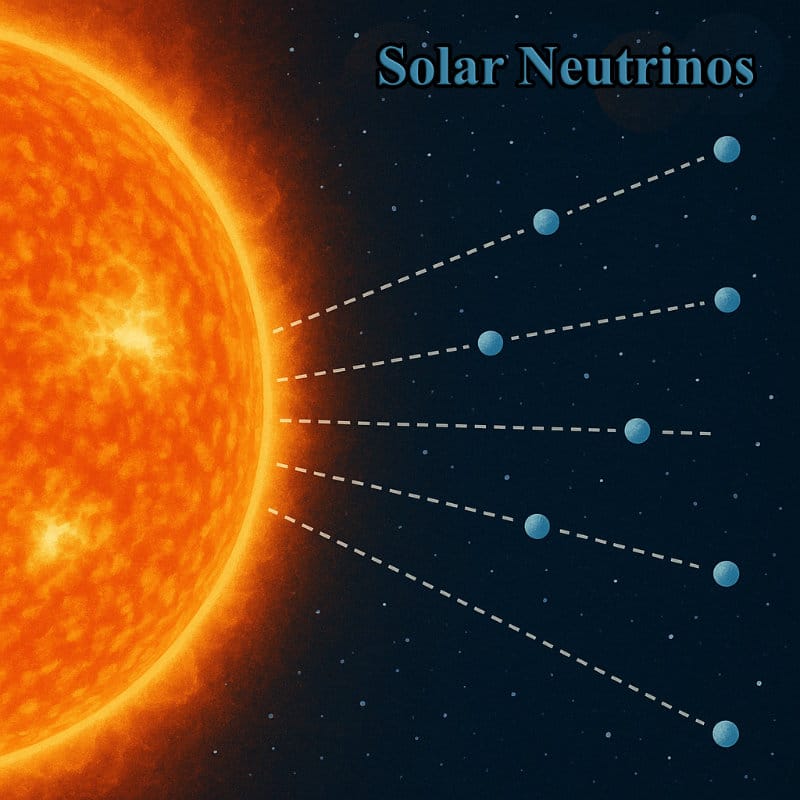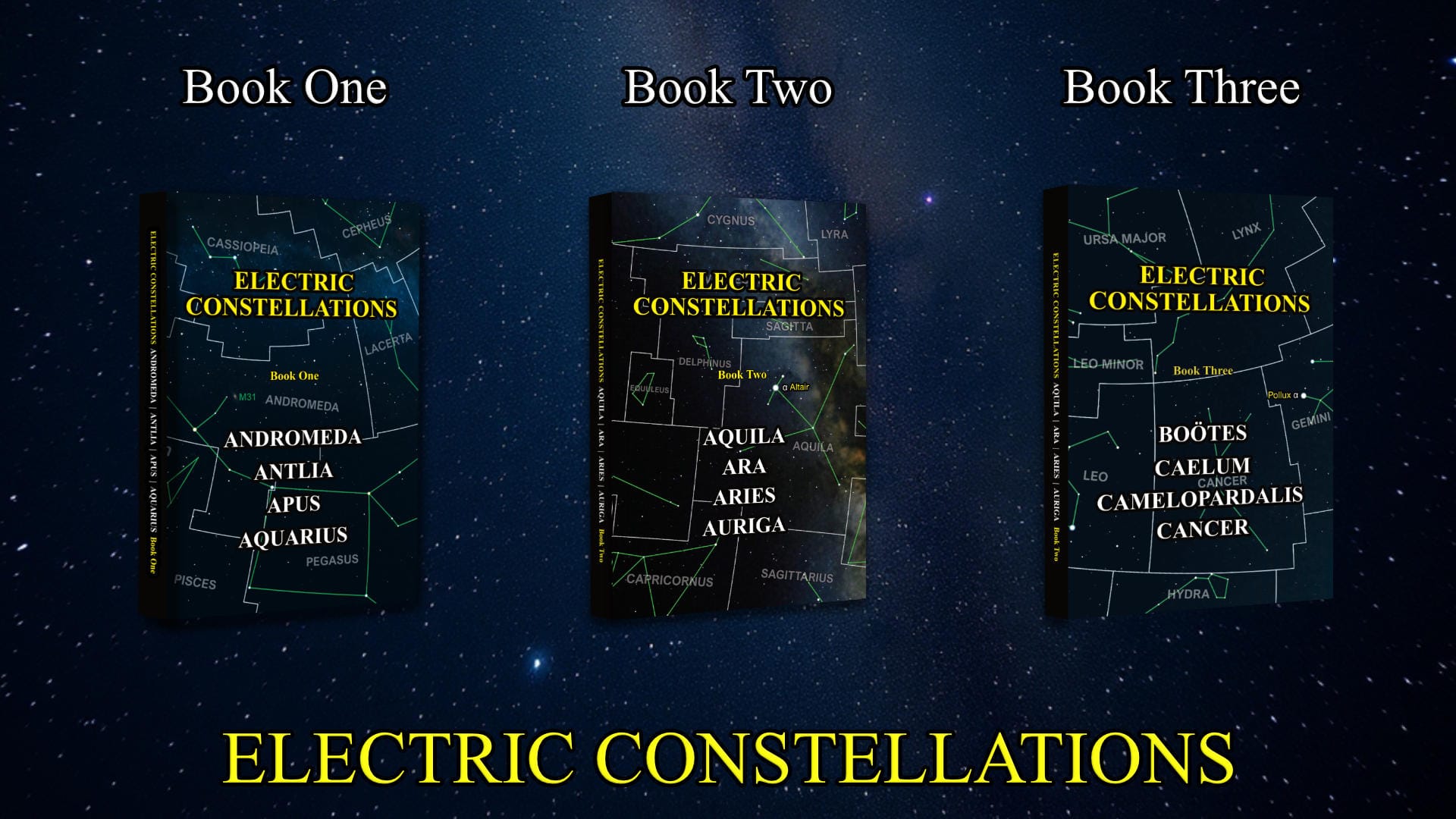The Electric Sun

Electric Sun Model
The Electric Sun Model proposes that the Sun is powered by external electric currents rather than nuclear fusion reactions in its core, which explains several solar mysteries that mainstream models struggle to account for. For instance, if nuclear fusion reactions occur deep inside our abiding star, why then do breaks in its photospheric surface appear dark? Indeed, if nuclear fusion at millions of degrees Kelvin occurs inside the Sun, wouldn’t breaks in its photosphere shine brilliantly?
What if everything we thought we knew about how the Sun works is incomplete? While mainstream astronomy indoctrinates the ignorant with musings that the Sun is powered by nuclear fusion in its core, an alternative model proposes something radically different: that our abiding star is fundamentally an electrical phenomenon, drawing its energy from galactic electric currents. This concept forms the heart of the Electric Sun Model, a theory that challenges conventional solar physics in fascinating ways.
The Electric Sun Model is part of the broader Electric Universe theory proposed by researchers outside mainstream astronomy. Advocates suggest that electrical forces—rather than gravity alone—play a dominant role in cosmic structures and stellar functions. While controversial among conventional astrophysicists, the Electric Sun Model offers intriguing explanations for several solar mysteries that standard models struggle to address.
Imagine the Sun not as an isolated ball of gas undergoing nuclear fusion as mainstream astronomers believe, but as a cosmic lightbulb connected to the galactic and intergalactic power grid. The Electric Sun Model suggests exactly this—that our star, and all others, operates primarily as a focal point for enormous electric currents flowing through space.
Electric Universe theorists point to numerous solar phenomena that they believe demonstrate electrical properties. The filamentary structure of the Sun’s surface, the behavior of Sunspots, as mentioned above, the explosive nature of solar flares, and even the acceleration of the charged particles away from the Sun, erroneously dubbed the “solar wind,” all display characteristics that, in their view, better match electrical discharge patterns than thermal or gravitational processes.
Most compellingly, they argue that the Sun’s activity correlates with its electrical interaction with the broader Galactic environment, suggesting that solar cycles might be linked to variations in these cosmic currents.
The Electric Sun theory presents a radical alternative to standard solar models that have dominated astrophysics for one hundred years. While conventional models place nuclear fusion at the Sun’s core as the primary power source, electrical theorists suggest this is putting the cart before the horse—that external electrical inputs trigger and maintain solar processes. This fundamental shift in perspective challenges stubborn scientists to reconsider basic assumptions about stellar physics and energy generation in space.
Unsolved Solar Mysteries
Missing Neutrino Problem: For decades, one of astrophysics’ most perplexing mysteries was the solar neutrino problem—scientists detected only about one-third of the neutrinos that standard solar models predicted should be emanating from the Sun. This discrepancy initially raised serious questions about our understanding of solar fusion processes.
Corona Temperature Paradox: The most compelling mystery supporting electrical interpretations is the coronal heating problem. The Sun’s visible surface (photosphere) maintains a temperature of about 5,800 K, yet mysteriously, the corona—its outer atmosphere—soars to temperatures exceeding 1 million K. This temperature inversion defies conventional thermodynamics, where heat typically flows from hotter to cooler regions.
The Electric Sun Model revolves around several foundational concepts that fundamentally reframe our understanding of stellar physics. At its core lies the proposition that stars are not plasma balls connected to vast cosmic electrical circuits and not isolated nuclear furnaces as suggested by Eddington a century ago. This perspective shifts our focus from internal gravitational processes to external electrical connections, potentially revolutionizing how we interpret stellar phenomena and galactic structures.
More about the Electric Sun can be found here
Challenge the standard model—explore the cosmos through the Electric Universe Theory. These Electric Constellations books contain full-color, data-rich investigations of four constellations each. They're not a beginner's star guide—they're a serious work for independent thinkers, astronomers, and scientifically literate readers seeking to understand the Universe beyond conventional gravity-based interpretations.
Each constellation is examined in detail, with attention to its Bayer-designated stars, mythological origins, meteor showers, and bordering constellations. In-depth profiles of deep-sky objects—including galaxies, planetary nebulae, and star clusters—are paired with high-resolution imagery from the Webb and Hubble space telescopes, delivering both scientific clarity and visual impact.
Central to this series is the Electric Universe (EU) model, which proposes that electromagnetic forces—not gravity alone—govern much of the structure and behavior of the cosmos. Rather than treating this as speculative fringe, the book frames the EU model as an evidence-based, plasma-physics-informed alternative to the standard cosmological narrative.
Inside each volume:
- Comprehensive coverage of four distinct constellations
- Analyses of deep-sky objects in the EU context
- Original commentary on plasma discharge features and Z-pinch configurations
- Mythological and historical context without romantic embellishment
Written for readers who demand more than rote repetition of gravitational dogma, Electric Constellations opens a new observational and theoretical frontier—where stars light by electrical currents, not fusion, and where structure emerges from plasma dynamics, not dark matter.
Whether you are an amateur astronomer, electrical engineer, or astrophysicist curious about alternative models, these books deliver a rigorous and visually stunning exploration of the night sky—illuminated by a very different current.

